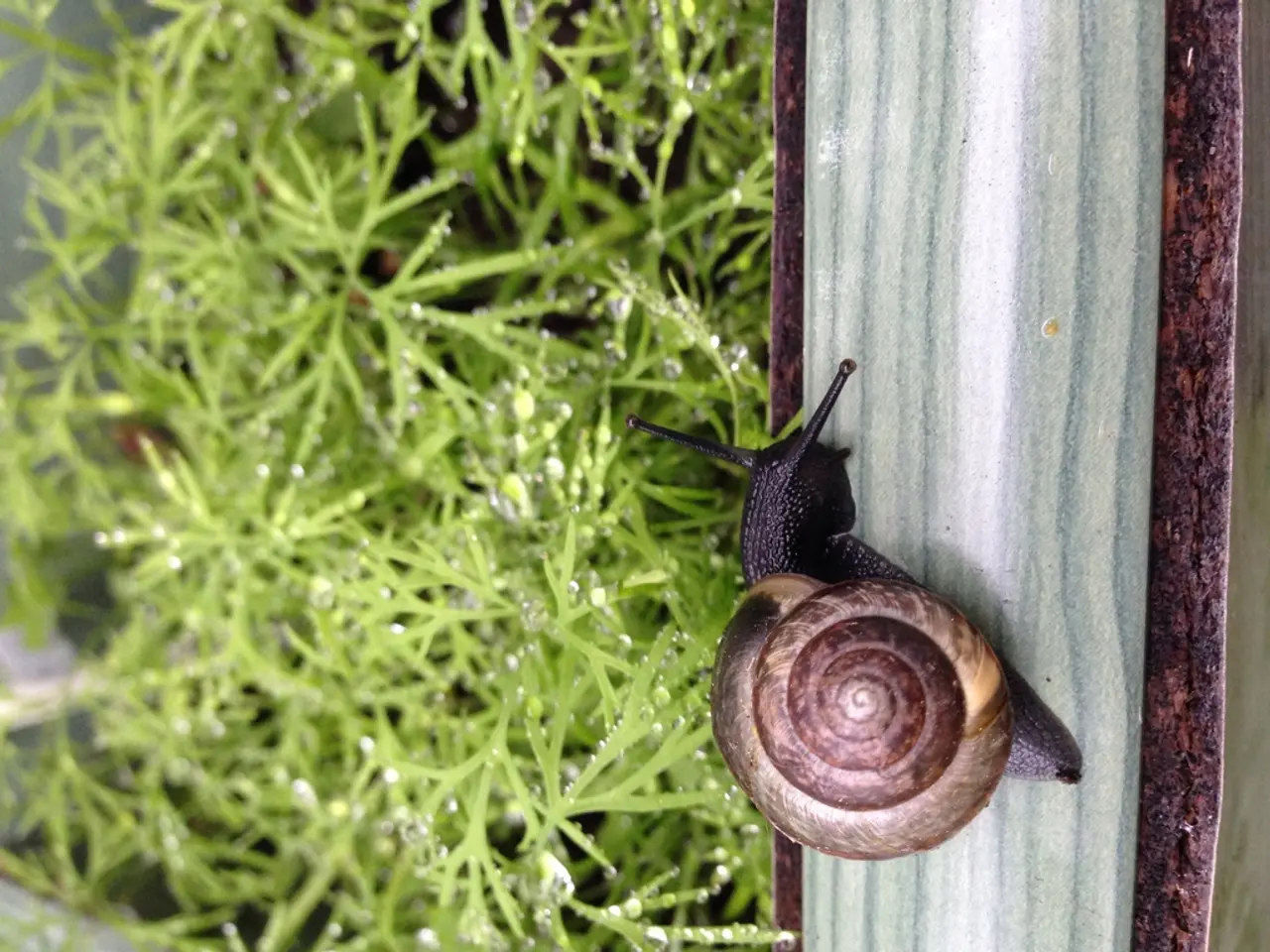Israel initiates campaign to annihilate snails in an attempt to combat bilharzia in Homa Bay.
In an innovative bid to boost rice production and improve the health of residents in Homa Bay County, a collaborative project has been launched. The initiative, spearheaded by the Government of Israel, KEMRI, and the Bay County Government, aims to utilise monosex prawns to reduce the snail population responsible for bilharzia.
The project began with a series of sensitisation sessions to educate residents on preventive measures against bilharzia. Dr Aloo, the CECM for Trade in Homa Bay County, urged residents to avoid walking in water bodies on bare foot or in shoes to prevent direct skin contact with water and bilharzia infection. He also advised them to put on gumboots when fetching water and to avoid using water directly from rivers, instead fetching it and using it on dry land.
The monosex prawns, living organisms that scavenge on snails, are expected to significantly reduce the snail population in the county, thereby reducing the incidence of bilharzia. These prawns prey on baby snails or cause the death of snails by repeatedly picking at their skin and eating the slime they produce.
Bilharzia, a disease caused by snails, leads to chronic complications such as abdominal pain, bloody diarrhea, liver enlargement, blood in urine, and can lead to bladder cancer and kidney damage. The survival of the monosex prawns in water bodies is anticipated to bring relief to the residents of Homa Bay County, who have been battling this debilitating disease.
The project tour, attended by Israeli Ambassador to Kenya Gideon Behar, Homa Bay County CECM for Trade Joash Aloo, and KEMRI's Geoffrey Maina, included visits to various rivers and flood prone areas in Wang'chieng ward, Karachuonyo Constituency. The tour aimed to assess the feasibility of introducing the monosex prawns into the water bodies and to educate the local community further on the benefits of the project.
Dr Aloo emphasised the importance of preventing bilharzia instead of contracting it and going for treatment later. He expressed optimism about the project, stating that it could potentially revolutionise the health landscape in Homa Bay County.
This collaboration marks a significant step towards addressing the issue of bilharzia in Homa Bay County and demonstrates the potential of biotechnology in solving complex health challenges. The project is expected to improve the health and wellbeing of the residents, boost rice production, and contribute to the overall development of the county.
Read also:
- Is it advisable to utilize your personal health insurance in a publicly-funded medical facility?
- Dietary strategies for IBS elimination: Aims and execution methods
- Benefits, suitable dosage, and safety considerations for utilizing pumpkin seed oil in treating an overactive bladder
- Harmful Medical Remedies: A Misguided Approach to Healing






